6 fundies share how they are boosting their portfolios in FY22
The year started with such optimism - vaccines were on their way, the recession that could have lingered turned into one of the best reporting seasons on record (February reporting, that is). Despite a laggard vaccine rollout and the Delta wave of COVID-19, markets seem buoyant. Many fund managers are looking through the lockdowns today to the rebounds of tomorrow.
Barring the usual volatility, markets are like Teflon. Not lockdown, nor inflation scares, nor central banks seem to be deterring the overwhelming positivity. Smart investors know exactly where in markets to look for the best return, the best income and the best opportunities for their portfolios.
Today, at the Pinnacle Investment Summit, the cream of the Pinnacle crop presented on the outlook for the year ahead and some of the opportunities available today.
We heard from:
- Dr Don Hamson, Plato Investment Management
- Andrew Lockhart, Metrics Credit Partners
- Ying Yi Ann Cheng and Christopher Joye Coolabah Capital Investments
- Blake Henricks, Firetrail Investments
- Jan de Vos, Resolution Capital
- Michael Bell, Solaris
In this wire, we've summed up the key highlights from the Summit to make sure you know what to look out for in the financial year ahead.
Dr Don Hamson: The 6 stocks for dividend bliss
First up is Dr Hamson from Plato Investment Management setting the scene for income. Which do you want first? The good news or the bad news?
"There is some bad news. The bad news first is that interest rates are going to remain at historically low levels for the next two to three years. …but the good news is the outlook for dividends is very, very good. Dividends will and are rebounding very strongly in 2021," said Hamson.
The outstanding revelation from Hamson was that for a couple today to live on a comfortable retirement income of $60,000 a year, they would need $20 million in a term deposit to derive that level of income - an unrealistic feat, but one that shows the disparity between interest rates today and investing in dividends.
Hamson has previously shared his "good, bad and ugly" dividend stocks with us and you can follow him for more. The new trend is that he's seeing more dividend stocks move out of the ugly pile than this time last year when we were in the depths of COVID-19 belt-tightening.
The biggest takeaway from Hamson was the realisation that six stocks account for more than half of all dividend payouts (as you can see in the chart below).
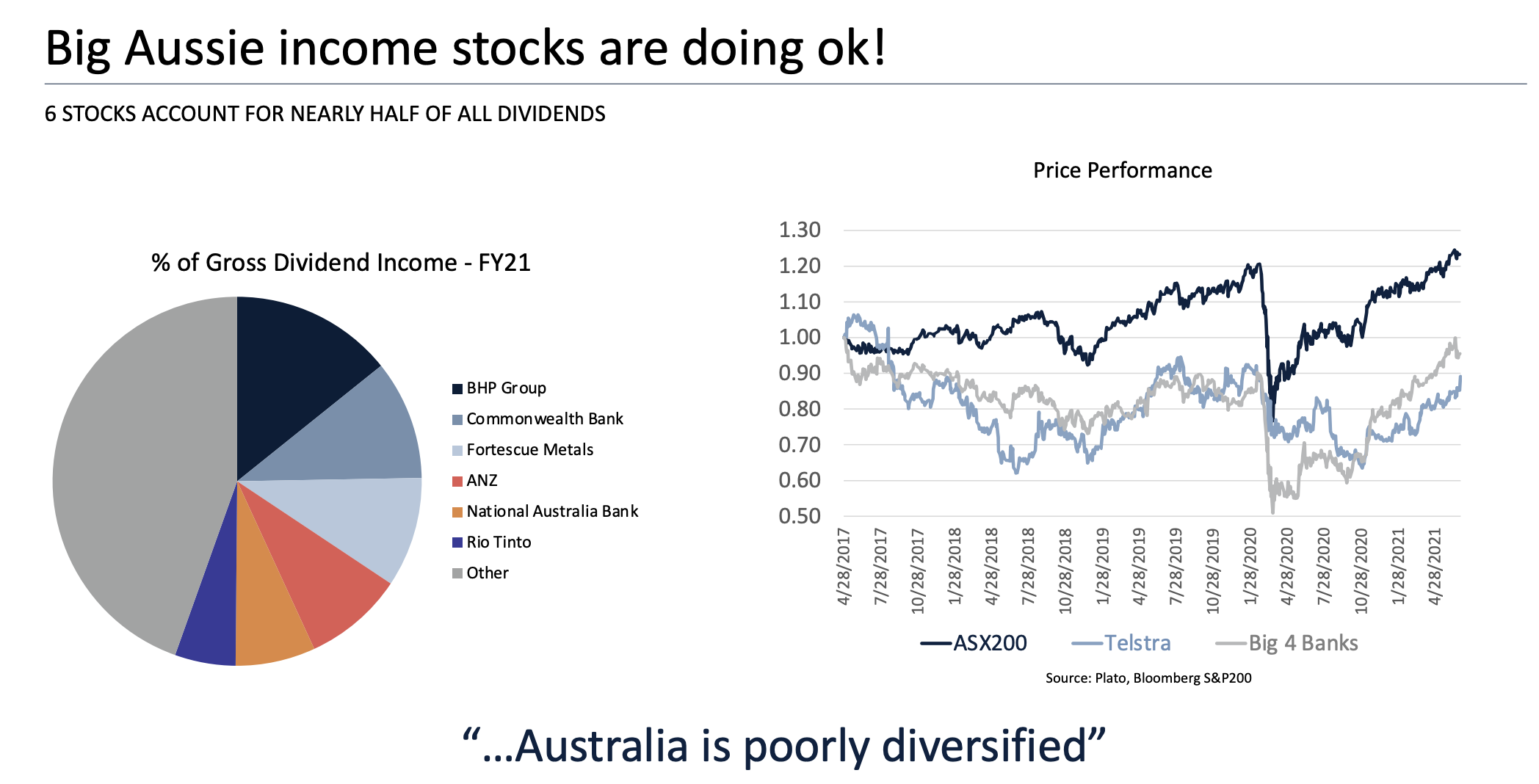
Source: Dr Don Hamson/Plato from the Pinnacle Investment Summit 2021 (5 August, 2021).
Andrew Lockhart: Predictable income you don't have to stress over
Sometimes you need a part of your portfolio that is perfect, so that you can rest easy. The predictability of private debt and credit provides a sustainable income source removed from the vagaries of the market.
Andrew Lockhart from Metrics Credit Partners gives three key reasons for loving credit:
#1 Dependable cash flow: "One, it provides a predictable known source of cash flow and income for investors, and that comes from the fees and interest that is charged to borrowers for providing funding to those companies," he said.
Increasingly, traditional asset classes have struggled to reach former yield levels.
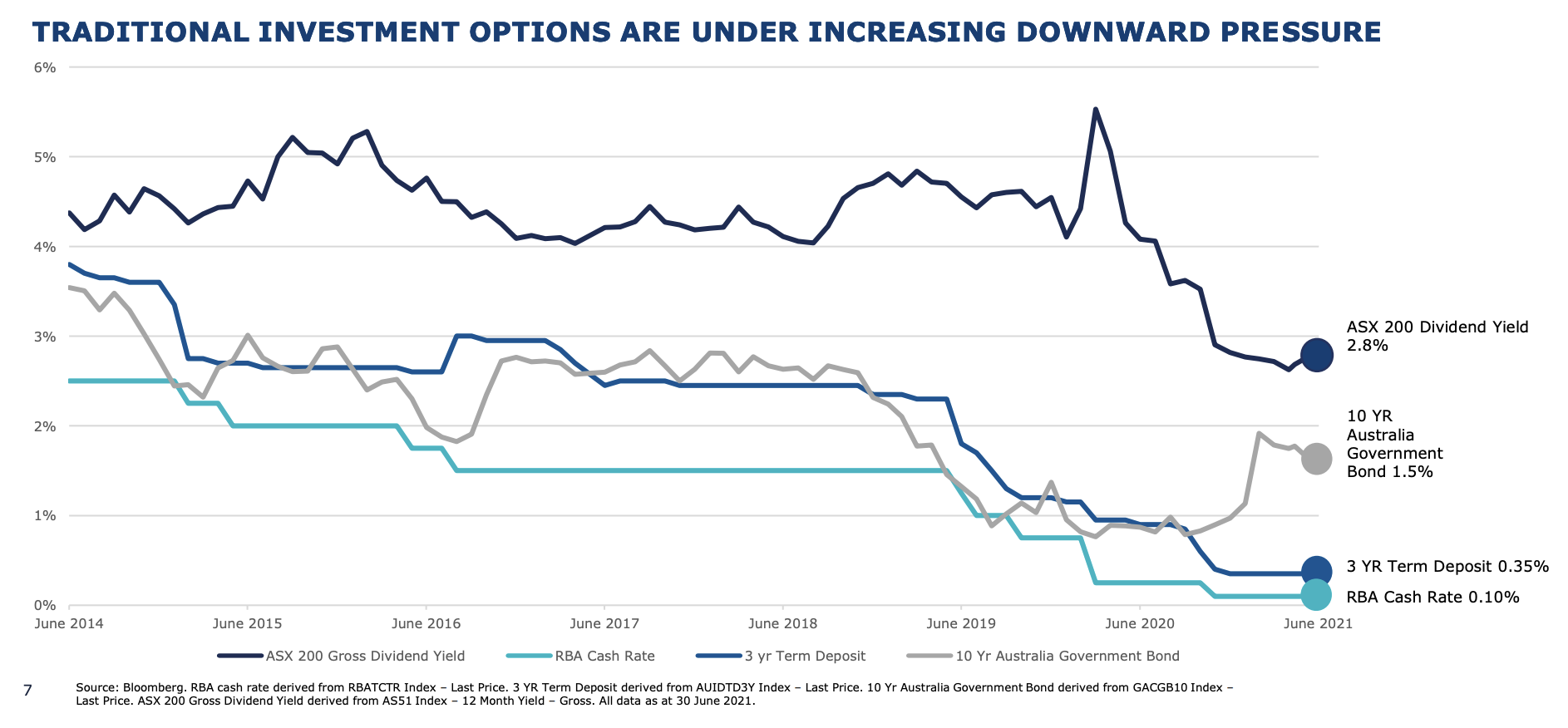
Source: Andrew Lockhart/ Metrics from the Pinnacle Investment Summit 2021 (5 August, 2021).
#2 Minimal volatility: The second is not only how credit provides regular income, but it also avoids loss-generating volatility. Lockhart's presentation showed that unless you properly managed volatility, the returns in traditional asset classes have been less than double digits in the long run.
"As a lender, we're seeking to remove the volatility of cash flows, remove the volatility evaluations so that we can deliver consistent performance to our investors," he said.
#3 Good governance for downside protection: This means effective risk management of the underlying companies that Metrics lend to.
"Importantly in the Australian market context, we believe that Australia has one of the most protective corporate insolvency legal frameworks available around the world," said Lockhart.
Ying Yi Ann Cheng and Christopher Joye: Bringing clarity to an opaque market
To begin, Coolabah wants investors to recognise the size of the investment opportunity in fixed income markets.
By the numbers...
- $2.3 trillion: the size of the credit market and Aussie government bond market (almost the same as local equities).
- $33 trillion: the size of the global investment-grade credit market, of which $20 trillion in financial credit.
- $20.3 trillion: the scale of the secondary trading opportunities in the Aussie investment-grade credit market.
- $51 billion: the value of fixed income trades made by Coolabah since the start of last year. This captures more than 32,500 transactions, making this fund manager one of the most active participants in Australian fixed income.
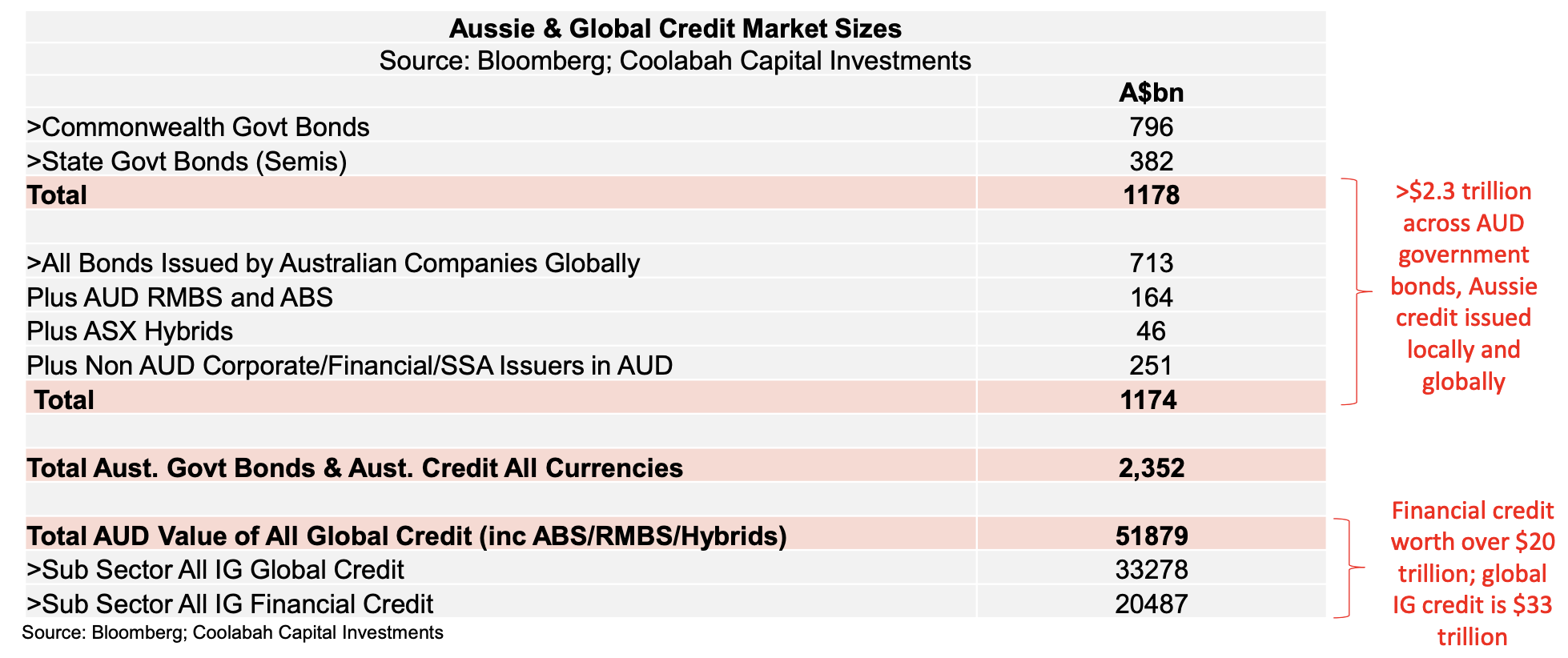
The secondary trading opportunities further expand the universe of the Aussie investment-grade credit market because there are still relatively high turnover ratios in this asset class, which create mispricing opportunities.
"So you can see in Aussie investment-grade credit, there is a 50% turnover ratio leading to $587 billion in state government bonds, a 180% annual turnover ratio, which gives us $688 billion, government bonds 370%, $2.9 trillion, global investment grade credit, excluding Aussie credit, a 50% turnover ratio that leads us to $16 trillion in total. That gives us $20.3 trillion of secondary trading opportunities," said Ying Yi.
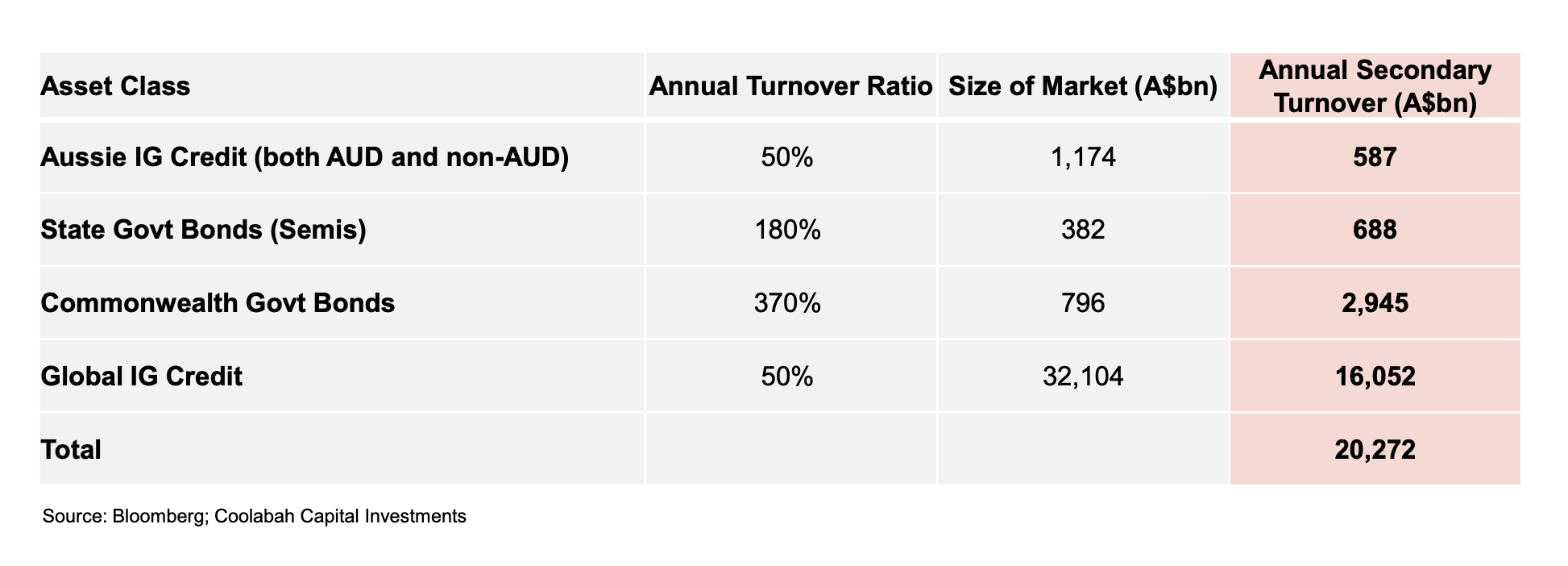
Source: Coolabah Capital/ Pinnacle Investment Summit.
However, while the size of the opportunity is massive, what Coolabah recognises is just how opaque the fixed income market is. The downside of all these great trading and opportunity figures is that there is no pricing transparency, said Joye.
The high proportion of passive participants - which aren't looking for mispricings - is why an active manager reaps so many of the benefits of fixed income.
Blake Henricks: Why flexibility is key to navigate market changes
Blake Henricks of Firetrail Investments has found that style biases can underperform for long term periods, including quality, value and growth.
"One really common philosophy out there is 'Just buy quality, you can't go wrong'. The truth is that doesn't always work," he said.
"In fact, for eight years after the GFC, post-2008, buying quality stocks underperformed the market materially."
Similarly, value underperformed over seven years from 2014 as economic growth stalled, while growth stocks slid following the tech bubble.
"Style is overrated and we strongly believe you need a flexible investment approach to navigate cycles," Henricks said.
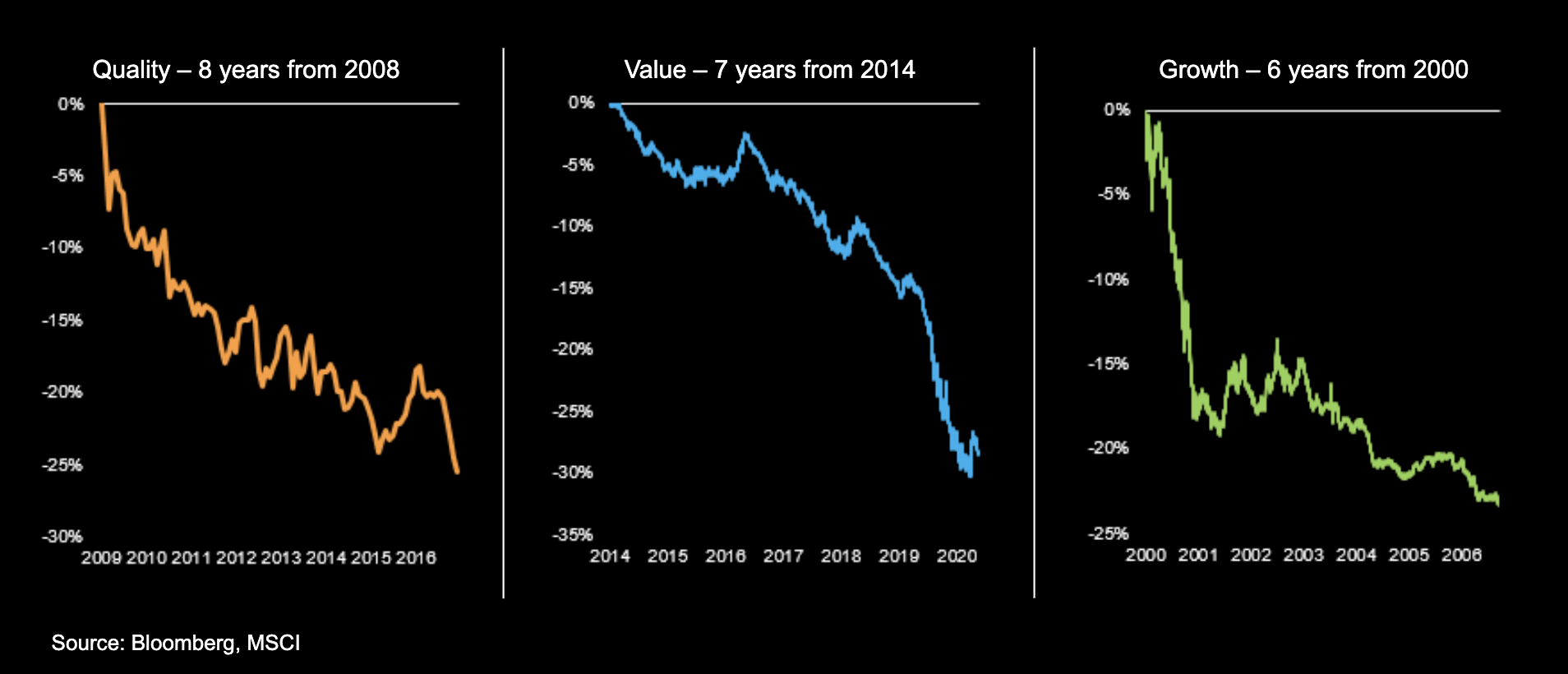
That said, Henricks and his team have identified two major opportunities within the current uncertain environment:
- A growth stock with underappreciated upside;
- As discussed in this article, a stock in an unloved sector ready to soar: Oil Search (ASX:OSH).
The first is Xero (ASX:XRO), a growth stock that Henricks describes as the world's leading cloud accounting software provider.
While its valuation currently may make some investors feel uncomfortable (Xero is currently trading at over 20 times sales), Firetrail believes there to be unrecognised upside in the accounting software provider.
He points to Xero's financing capabilities, its app for staff management, and its innovation in payments - the last of which Henricks believes to be of particular value.
"To put the opportunity in context, in the FY21 year, Xero's customers invoiced almost a trillion dollars of invoices," he explained.
"Xero's partnering with companies like Stripe and Paypal to be able to offer one or two-click payments. What that will mean is that when you issue an invoice to a customer, you're going to get paid a lot faster."
Henricks believes this segment of Xero's business provides investors with immense upside that is both underrepresented and undervalued by the market today.
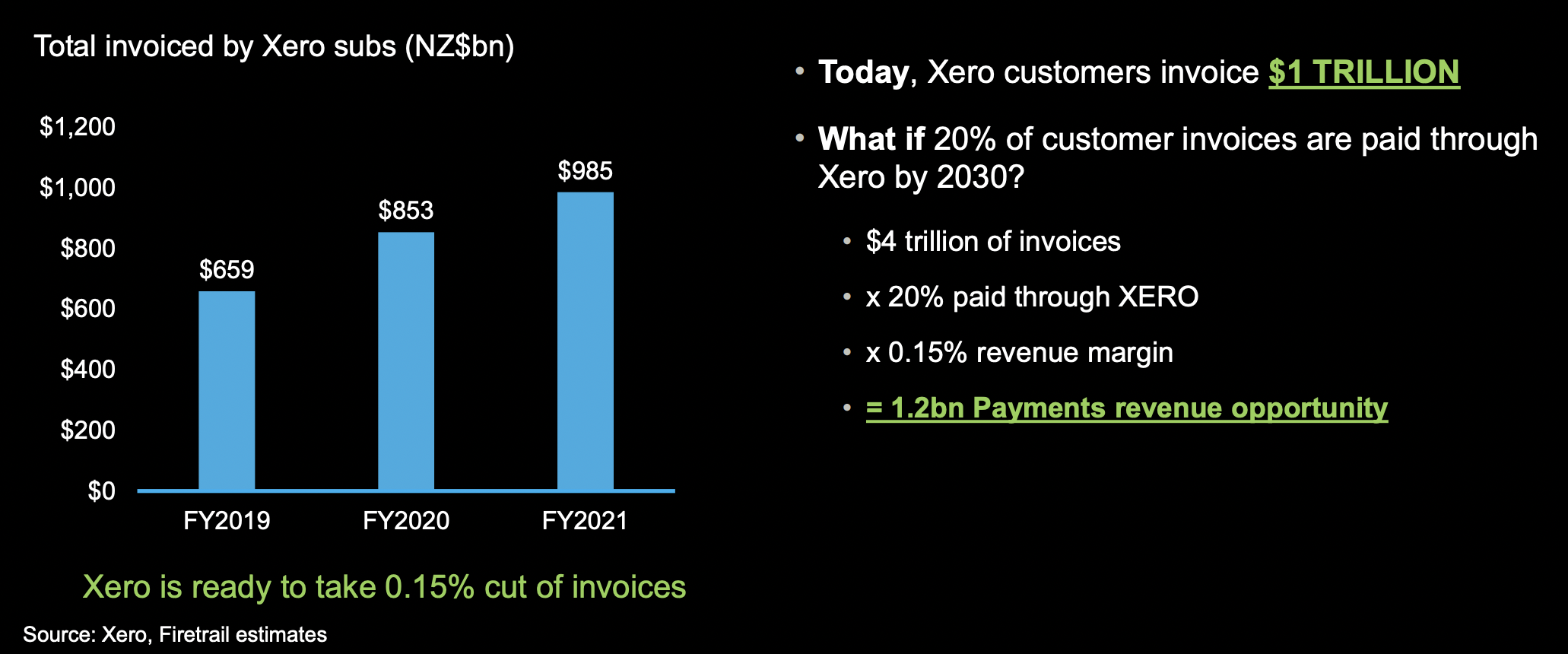
Jan de Vos: Real assets for real returns
Where should long-term investors focus on value within the listed real assets arena? We're glad you asked.
Resolution Capital's Jan de Vos refers to the below charts highlighting office vacancy rates in Australia across office and industrial assets.
"It's clear that in Sydney and Melbourne, vacancy rates have increased since COVID, obviously reducing office landlord power. We believe there are more interesting areas to invest in than office," he said.
Meanwhile, in the bottom chart below, we can see that industrial demand is very strong in Melbourne and Sydney, which bodes well for industrial landlords and industrial developers, De Vos said.
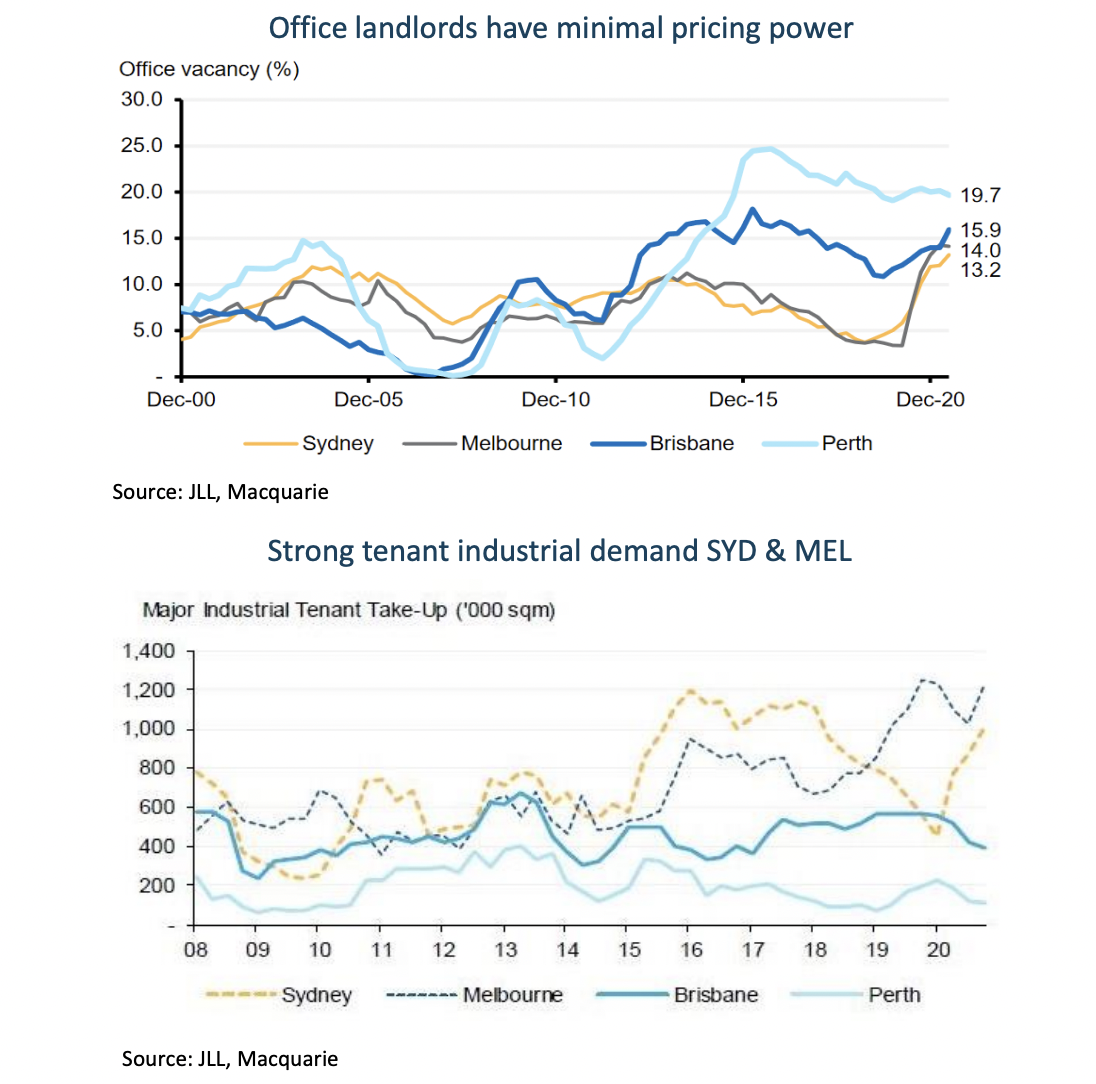
De Vos is also backing utilities for the months ahead. With equity markets recovering strongly, he believes the outlook for these defensive assets has improved. In particular, there are two stocks that have caught his attention: AusNet (ASX: AST) and Arena REIT (ASX: ARF).
"Electricity utilities are on the forefront of the energy transition. To meet the Paris carbon reduction targets, the world - including transport and industrial - needs to decarbonize electricity generation," he said.
"AusNet can provide the hookups of all the new solar and wind farms. In addition, they can provide more transmission and more transmission is necessary because renewables are intermittent. So we need to increase the facilities of the grid. So this is a real growth opportunity for AusNet."
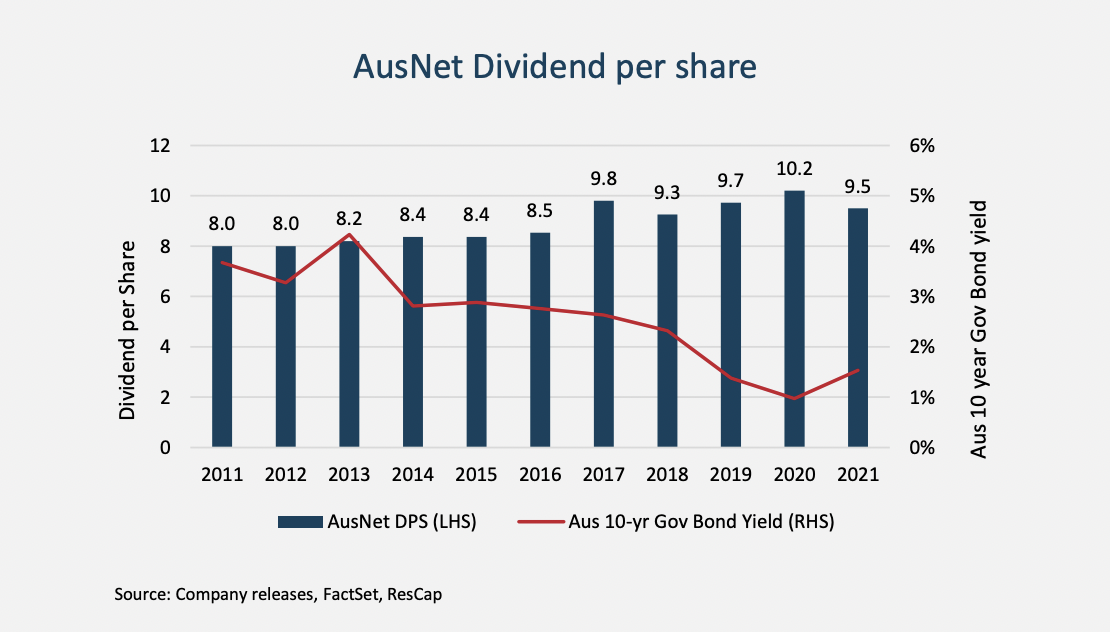
Similarly, De Vos sees social infrastructure property investor Arena REIT as a major opportunity, which predominantly owns childcare centres.
"Why is that a good sector? First of all, 100% occupancy rate. Second of all, it has very long leases, the average lease length is over 20 years. And during this time, tenants are largely responsible for maintenance CAPEX, insurance and tax. In short, very high cash conversion," he explained.
"If you combine this with a lease which increases at a grade of 2.5% or inflation, we think you're going to get a really good outcome over the long term."
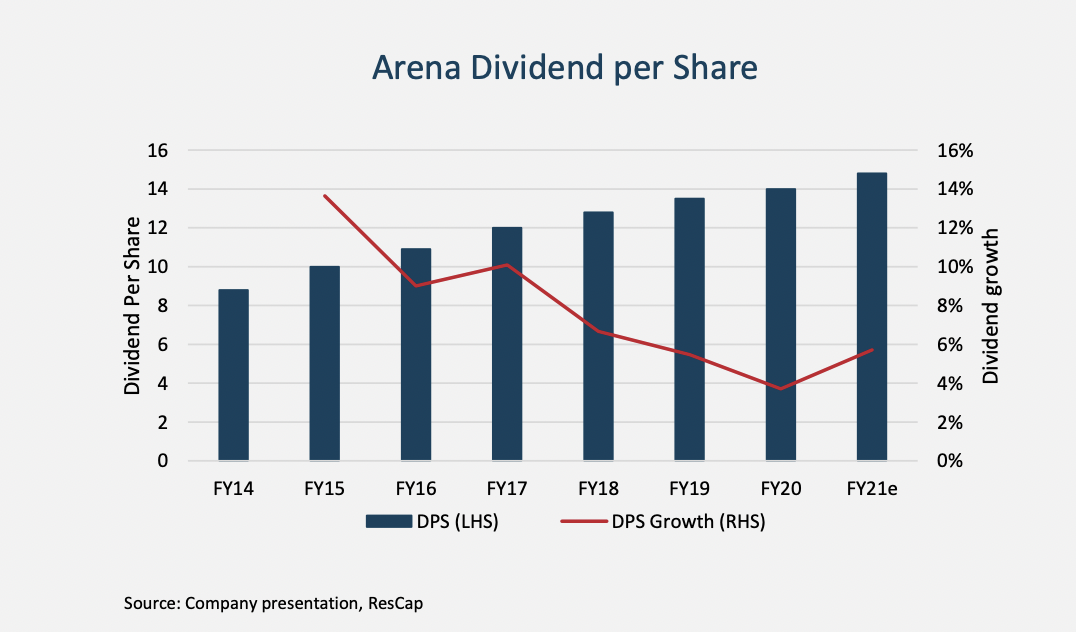
Michael Bell Solaris: How to pick great companies
"Last year we saw markets fall 36% in the space of six weeks, only to see it rebound 67% in the space of just over 12 months," said Bell.
For Bell, investing through crises is about finding good companies. And finding good companies is helped along by these three things:
- Good industry structure
- Quality earnings and avoid excessively geared balance sheets
- Competent and trustworthy management.
"An improving industry structure can give improved pricing power and improved margins and profits over time. A deteriorating industry structure will give poorer pricing outcomes and potential for lower margins and profit over time," he said.
To illustrate this, he has been keeping an eye on Cleanaway (ASX: CWY), a waste management company with the potential to really "clean up" for investors. The firm is one of only four main players in its industry locally. And of these, two are going through a global merger so are likely to be "quite distracted for a number of years," he said.
So, Cleanaway has potential for increased pricing power - very important in an inflationary environment - and better margins and profits. It also has focused leadership, underpinned by a good balance sheet.
Conclusion
Well, there is food for thought for the next 12 months. In fact, it's a veritable smorgasbord of investment strategies from which to select - whether you're looking for regular income, a bit of long term growth, passive or active strategies. Don't miss out on our next set of coverage on the Pinnacle Investment Summit 2021.
Related articles:
Never miss an insight
Enjoy this wire? Hit the ‘like’ button to let us know. Stay up to date with my content by hitting the ‘follow’ button below and you’ll be notified every time I post a wire. Not already a Livewire member? Sign up today to get free access to investment ideas and strategies from Australia’s leading investors.
3 topics
8 contributors mentioned

